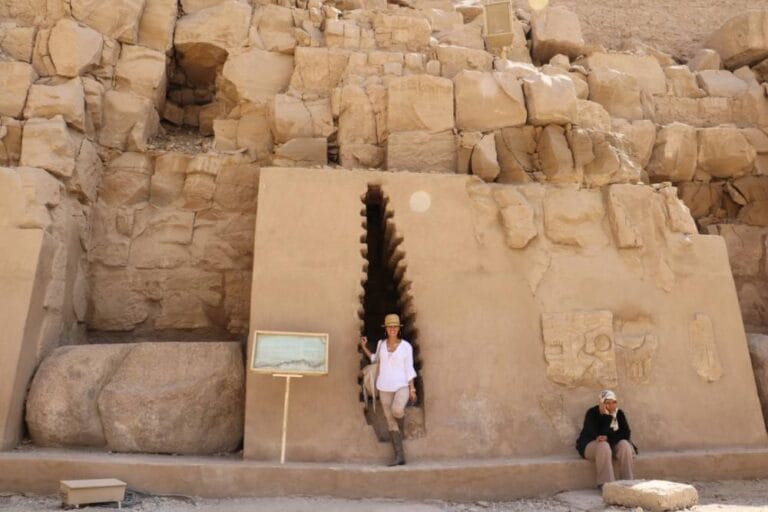
Unveiling the Secrets of Sexuality in Ancient Egypt: Divine Love, Fertility, and Erotic Art
Sexuality was viewed as a natural and integral part of life in ancient Egypt, encompassing fertility, pleasure, and societal roles. During my recent trip to Egypt, I had the incredible opportunity to explore the rich history of this ancient civilization and witness the artistry and relics that depict its approach to intimacy and sexuality.
In this blog, I’ll take you on a journey through ancient Egypt’s beliefs, practices, and depictions of sexuality, highlighting its significance in their culture. Along the way, I’ll share some of my personal photos from the trip, providing an intimate look at the tombs, temples, and artifacts that shed light on this fascinating aspect of history.
Sexuality as a Divine Force
Sexuality in ancient Egypt was closely tied to spirituality and the divine. The gods were often depicted engaging in sexual acts or symbolizing fertility. One of the most famous stories involves the god Osiris and his wife, Isis. After Osiris was dismembered by his brother, Set, Isis reassembled him and used her magic to conceive their son, Horus. This story is a testament to the importance of sexuality as a means of regeneration and continuity.
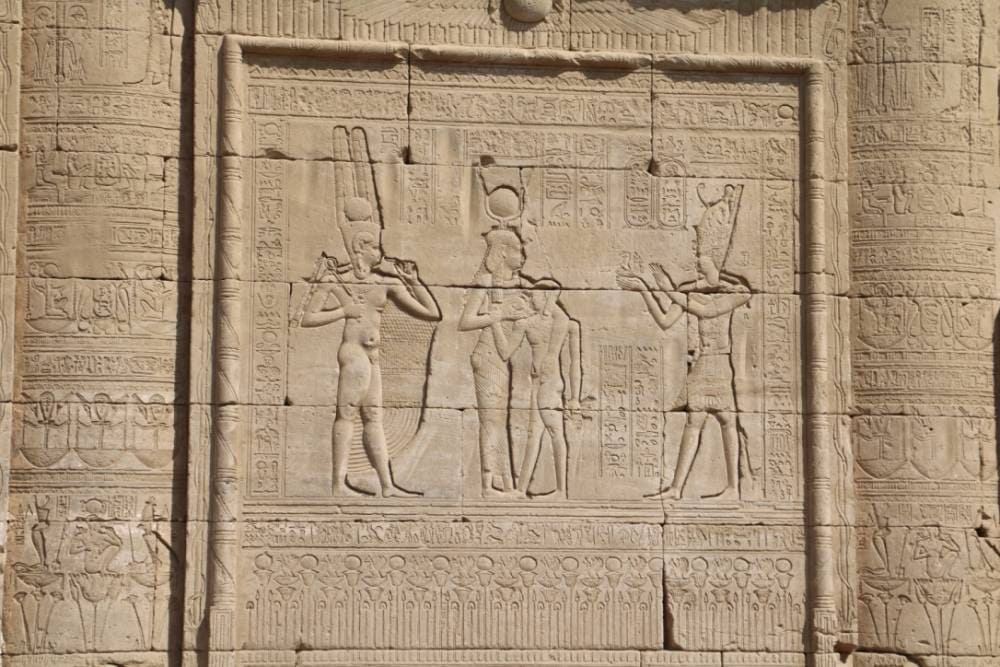
Ancient Egyptians also believed that sexual pleasure was a gift from the gods. Images of erotic scenes, fertility symbols, and intimate interactions between deities have been discovered in tombs and temples across Egypt. These depictions emphasized the sacredness of sexuality, viewing it as a way to honor the gods and the natural world.
The Role of Fertility and Procreation
Fertility was highly valued in ancient Egypt, both in terms of human reproduction and agricultural productivity. The Nile River’s annual flooding was a symbolic sexual act between the gods, with the fertile lands representing the divine outcome. Pharaohs were also viewed as sacred beings, responsible for ensuring their people’s and land’s fertility.
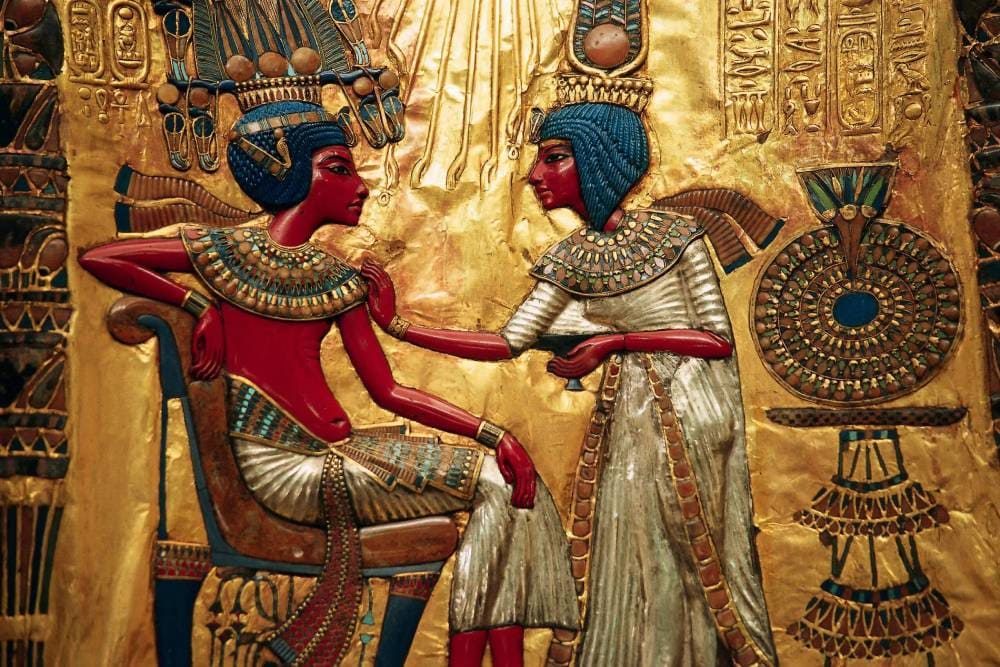
One of the most remarkable discoveries highlighting ancient Egyptians’ reverence for fertility is the tomb of King Tutankhamun. In it, a golden throne depicts the young pharaoh and his wife in a loving, intimate embrace. This imagery was common and underscored the importance of procreation within royal dynasties.
Sexuality and Daily Life
Beyond the divine, ancient Egyptians had a pragmatic view of sexuality in daily life. Sexual relations, marriage, and childbearing were integral to family structure and community stability. Although ancient Egypt was a patriarchal society, women had significant rights, including the ability to divorce, own property, and engage in business, which extended to their autonomy over their own bodies and sexual relationships.
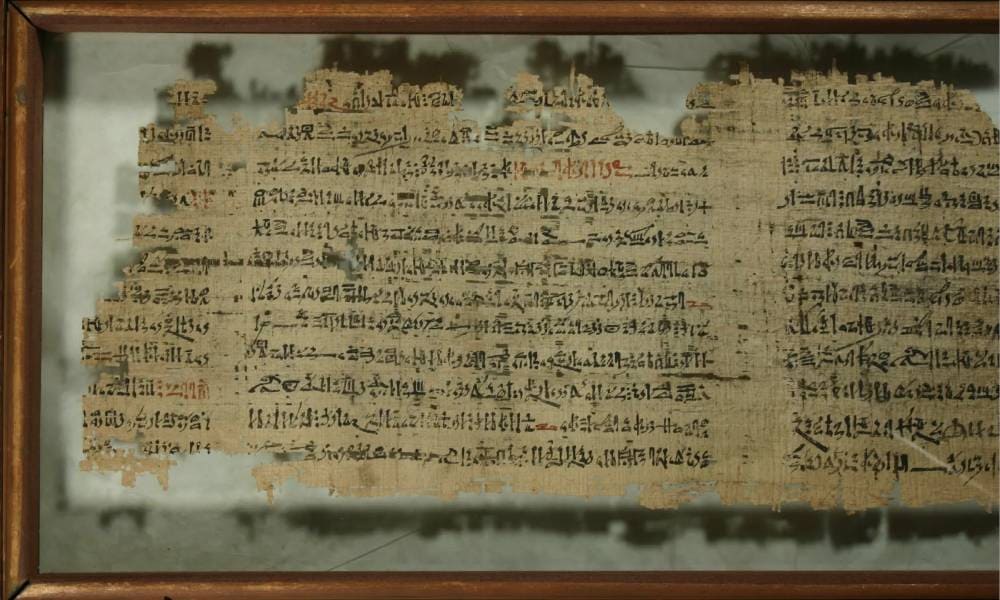
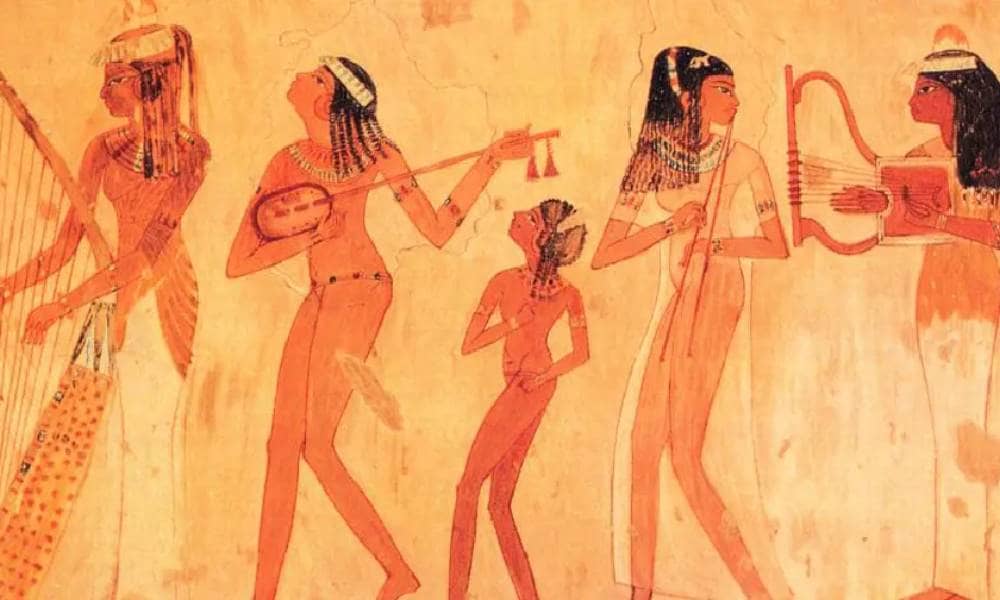
In Egyptian art and literature, love, desire, and sexual attraction were openly expressed. The “Love Songs” from Deir el-Medina, for example, are a collection of poems that celebrate romantic longing, sensuality, and emotional connection between lovers.
Eroticism in Art and Symbolism
Erotic art in ancient Egypt wasn’t meant to shock but to celebrate life’s cycles. Paintings, sculptures, and carvings often depicted intimate moments between lovers. One of the most intriguing examples of erotic symbolism is the “Turin Erotic Papyrus,” which humorously portrays intimate encounters between men and women. This document gives us a glimpse into how humor and sexuality were intertwined in their society.
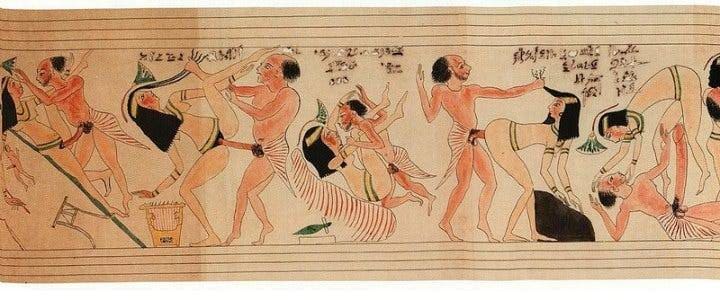
The Afterlife and Sexuality
In addition to fertility and pleasure in the physical world, sexuality played a role in ancient Egyptians’ beliefs about the afterlife. Tombs were often adorned with images of the deceased engaging in acts of love or intimate settings, representing their journey to eternal life. Sexuality symbolized rebirth, ensuring that the deceased would live on in the afterlife.
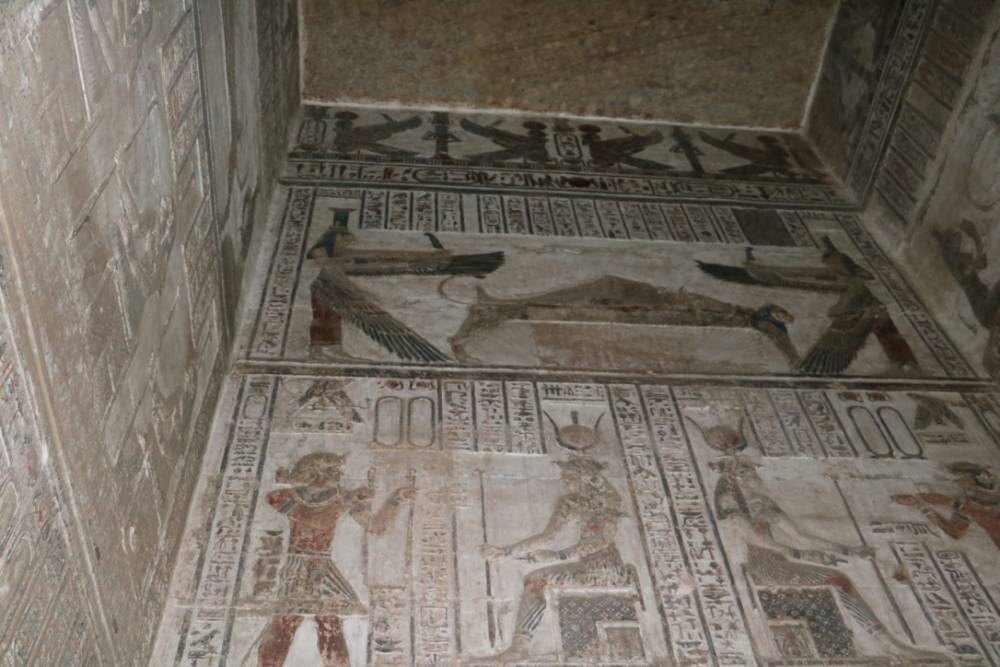
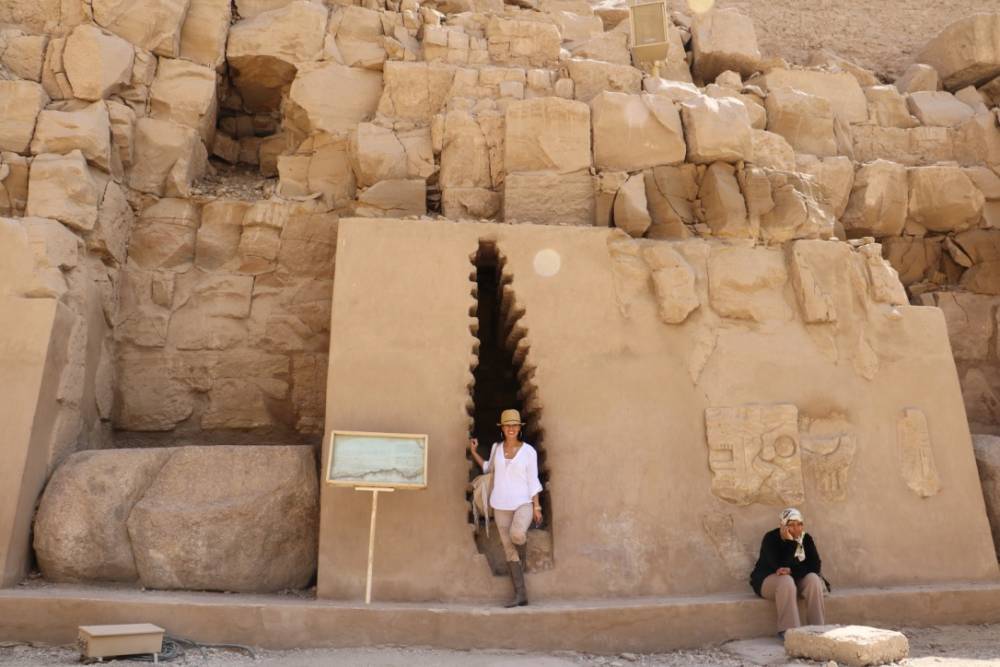
I had the chance to visit some of these sacred burial sites and witness firsthand the incredible artistry that immortalized the Egyptians’ belief in the power of love and sex after death.
Conclusion
My journey through Egypt offered a deep dive into the ancient civilization’s rich cultural history and a unique perspective on how sexuality was interwoven with every aspect of life, from the divine to the mundane. Ancient Egypt’s open and sacred approach to sexuality can serve as a reminder of how human connection, love, and pleasure transcend time.

For those fascinated by the intersections of culture, history, and human behavior, sexuality in ancient Egypt offers valuable lessons in how societies view and celebrate intimacy.
As the sun set over the Nile, I felt a quiet understanding, that the ancient Egyptians never separated love from life or body from spirit. In that timeless wisdom, there’s something deeply human for us all to remember.






